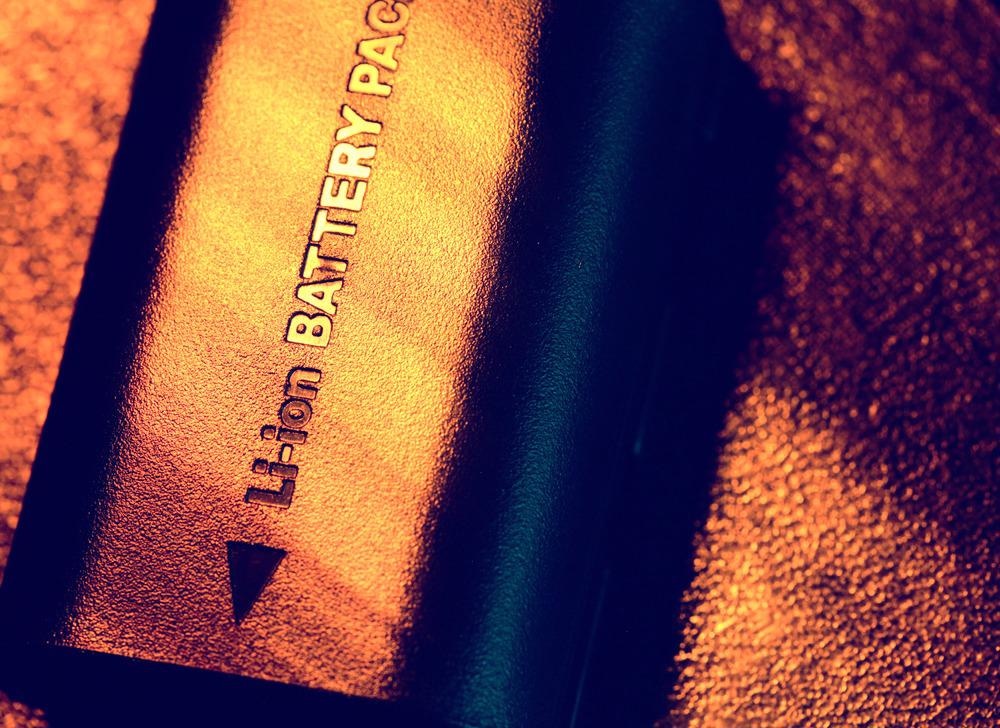In an article published in the journal Microporous and Mesoporous Materials, an alkali aided hydrothermal fabrication approach was used to create a one-of-a-kind floral-structured cobalt silicate with a high specific area and numerous nanoscale pores. This research may pave the way for new options in structural design and demonstrate the great promise of hierarchic transition metal silicates as a realistic improved electrode for the storage of lithium.

Study: Fabrication of hierarchical flower-shaped cobalt silicate spheres with boosting performance for lithium storage. Image Credit: Janaka Dharmasena/Shutterstock.com
The F-CoSiO2 anode's innovative architecture not only offered an abundance of active sites for electrolytic processes and successfully enhanced the movement of lithium ions during the charging-discharging process, but it also assisted the major pseudocapacitive charge storing characteristics.
Lithium-Ion Batteries and their Main Limitation
The growing energy crises and environmental concerns have accelerated the development of improved energy storing systems for the widespread use of renewable energies.
Li-ion batteries (LIBs) have been widely used in compact energy storing systems, hybrid electric vehicles, and electronic devices due to their advantages of great energy density, extended cyclic life, and eco-friendliness.
The present standard anode in commercial use, on the other hand, is centered on carbon-based materials, which have a limited theoretical capacity, severely restricting the energy density of LIBs.
To meet the ever-increasing market need for energy storage, it is critical to develop next-generation electrode materials with greater energy densities, improved safety, reduced costs, and non-toxic properties.
Pros and Cons of Using Silicon Electrodes
Several materials for anodes with high capacity have been investigated in the past, including oxides, phosphides, sulfides, nitrides of transition metals, silicon, and electron-conducting polymers.
In these anode choices, silicon has a higher theoretical specific capacity, which might boost power and energy density significantly. Furthermore, being the second most abundant element available in the earth's crust, silicon has the advantages of ease of access, low expenses, chemical inertness, and non-toxicity.
Despite the benefits listed above, pure silicon anodes have suffered from quick deterioration due to massive volume expansion during the lithiating and delithiating processes, resulting in unsatisfactory cycle stability. To solve the issue, silicon anodes with zero- to three-dimensional topologies, such as nanotubes, nanowires, nanosheets, nanoflowers, and hollow spheres, were created.
The nanoscale structures reduce diffusion paths, allowing Li+ ions to move faster in the axial growth direction. However, from a practical standpoint, nano-engineering silicon necessitates specialized production procedures and a high cost, precluding industrial deployment in realistic commercial cells. In this sense, developing silicon-based derivatives with unique structures using a straightforward preparation approach is highly desired.
Transition Metal Silicates Offer an Interesting Alternative
Because of their simple structural management, good stability, and large reserves, silicates of transition metals have recently gained particular focus in the sectors of Li-ion battery, Na-ion battery, and supercapacitors.
It is worth noting that metal silicates used in electrolytic energy storage were often supplemented with costly carbon-based components (CNT or reduced graphene oxide) to enhance electric conductance and volumetric growth tolerance.
The practical design of architecture is an effective method of mitigating capacity decline.
Multifunctional Co3O4 nanotubes and multi-shelled Co3O4 hollow spheres anodes have been found to have higher lithium storage capabilities. The hollow cobalt silicate material has a larger reversible capacity than the bulk cobalt silicate material. Furthermore, 2D nanosheets can reduce the diffusion route and offer an abundance of active sites during electrochemical processes.
Key Findings of the Study
An alkali-assisted technique was used to create a unique floral-structured CoSiO2 material composed of many nanosheets. The innovative design has a big specific area and a significant number of mesopores.
Even at high current densities, the synthetic F-CoSiO2 is able to keep a high circulating reversible capacity and coulombic efficiency near to 100% when used as an electrode for LIBs batteries.
The systemic kinetics analysis revealed that the interesting structure of FCoSiO2 not only produced numerous active regions and improved charge transfer during the charging-discharging processes, but also contributed to the principal pseudocapacitive charge storage characteristics.
Given the ease of use and flexibility of transition metal silicates, they might be developed as a viable way to improving the effectiveness of materials based on silica for lithium storage.
Continue reading: Improving Epoxy Resin with Flower-Like Nanoparticles
Reference
Wang, B., Hu, M., Yuan, Q., Liu, L., Dong, Y., & Zhao, J. (2022). Fabrication of hierarchical flower-shaped cobalt silicate spheres with boosting performance for lithium storage. Microporous and Mesoporous Materials. Available at: https://www.sciencedirect.com/science/article/pii/S1387181121007873?via%3Dihub
Disclaimer: The views expressed here are those of the author expressed in their private capacity and do not necessarily represent the views of AZoM.com Limited T/A AZoNetwork the owner and operator of this website. This disclaimer forms part of the Terms and conditions of use of this website.